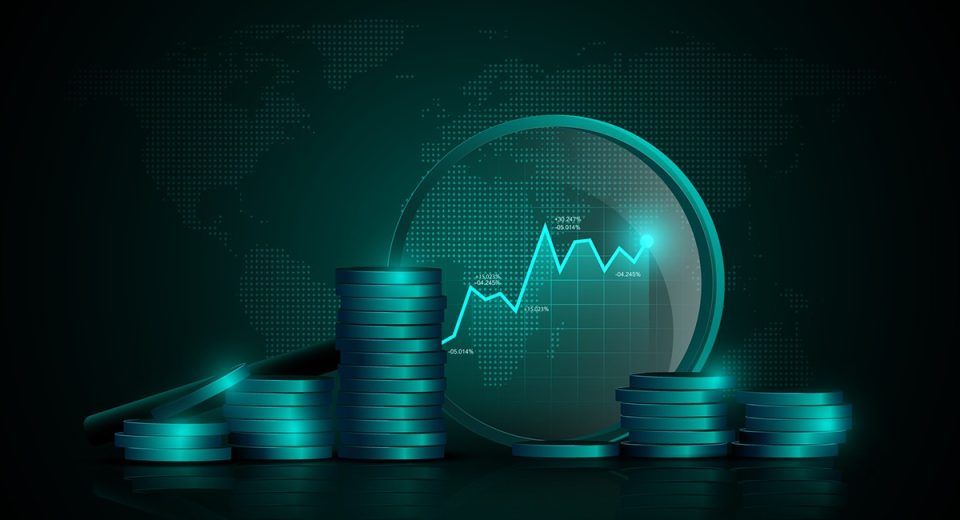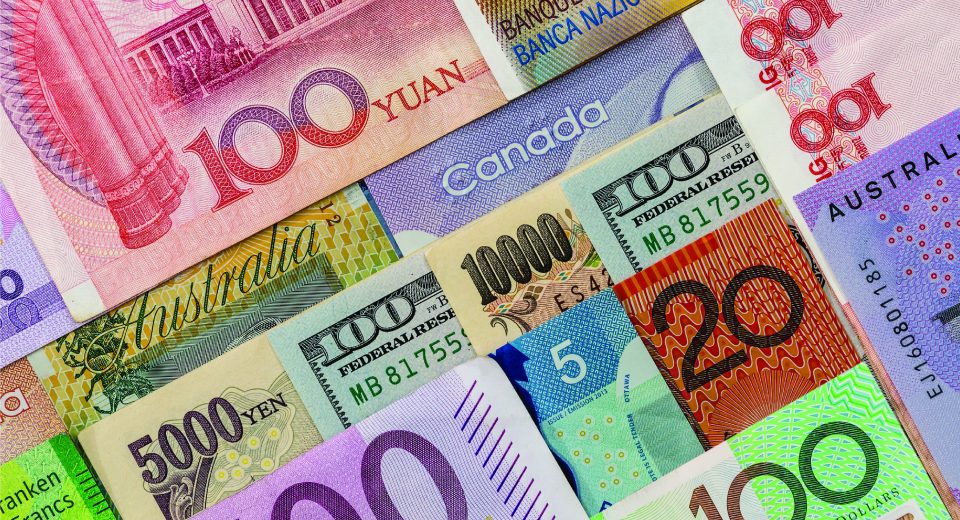Choosing Among Gold, Silver and USD to Hedge Portfolio Risks

Do you remember how the global stock markets plunged immediately after President Trump announced sweeping tariffs on most of the world on April 2, 2025? The US stock markets saw their worst day on April 3 since the Covid-19-led crash of 2020. The S&P 500 dropped 4.8%, wiping out about $2 trillion in value. The DJIA ended the session down 4%, while the Nasdaq plunged roughly 6%. Meanwhile, Japan’s Nikkei 225 declined 2.7%, Australia’s ASX 200 fell 1.6% and the FTSE 100 was down 1.5%. Such unpredictability and the ripple effect of geopolitical and macroeconomic factors make portfolio diversification an essential risk management strategy for traders.
One of the most popular ways to diversify and hedge is to use safe haven assets like gold, silver or the USD. However, the effectiveness of different safe havens can vary depending on the nature of the crisis.
Gold: The Traditional Safe Haven
The appeal of gold stems from its intrinsic value, limited supply and historical role as a store of value across civilizations. When uncertainty grips the financial markets, traders often flock to the precious metal,driving up its price. A key reason or this is the negative correlation of gold with both equities and many fiat currencies, especially the USD. During economic downturns or when fear is the overriding market sentiment, the stock markets tend to fall. Anegative correlation means that gold prices are likely to rise at such times, which attracts traders to the yellow metal to cushion their portfolios.
Gold is also traditionally used as a hedge against inflation. As the purchasing power of fiat currencies erodes, due to rising prices, the value of the precious metal tends to rise, preserving capital for traders. Also, during times of currency instability or devaluation, gold maintains its purchasing power, making it a popular choice for a hedging strategy.
We saw the appeal of the precious metal for risk management on April 3, 2025. As the stock markets plunged worldwide, gold prices hovered close to their all-time highs. Spot gold rose 0.6% to $3,129.46, while US gold futures were up 0.6% at $3,166.20. Looking ahead, JPMorgan expects the yellow metal to average $3,675/oz by Q4 2025, rising further to $4,000/oz by Q2 2026.
Silver: The Metal with the Highest Industrial Demand
Silver shares many characteristics with gold as a precious metal and a store of value, but it also has a significant industrial demand. This dual nature makes silver a more volatile asset than gold, but also offers unique hedging opportunities. The white metal benefits from its status as a tangible asset, providing a hedge against inflation and currency devaluation, acting as a safe haven during economic uncertainty.
Silver is widely used in various industries, including electronics, solar panels and medical devices. Strong industrial demand can support its price, especially during periods of economic growth. However, this also means that a severe economic downturn could impact silver negatively due to reduced industrial activity. On the other hand,higher volatility means that silver also offers more trading opportunities, but the significant price swings make risk management an imperative in any silver trading strategy.
Silver had a memorable run in 2024, breaking past its decade-long ceiling of $30 per ounce and soaring an amazing 40% by October, outpacing the year’s gold price rise. Strong industrial demand, supply deficits, declining inventories and safe-haven investing drove this price increase. The white metal continued to rise in the first half of 2025, gaining 24.50% by the end of June.
USD: The World’s Reserve Currency
As the world’s primary reserve currency, the US dollar enjoys significant stability and liquidity, making it a powerful hedging strategy in times of global financial stress. The greenback is the most liquid currency in the world, meaning it can be easily converted into other assets or currencies without significantly affecting its price. This liquidity is crucial during market panics. Plus, the higher interest rates and the perceived resilience of the US financial system, compared to other major economies, tend to attract traders, strengthening the USD.
The USD played a prominent role during the market volatility observed in 2024 and 2025. In the latter half of 2024, the greenback appreciated against most currencies, reflecting the relatively strong economic fundamentals of the US economy even as global growth faced headwinds due to trade tensions. On April 4, 2025, after global stock markets tumbled, the US dollar moved higher despite being on a steep broader downturn. The greenback’s safe-haven status might explain why the US dollar index jumped from 101.99 to 103.02 on that day and opened even higher on the following day.
Choosing Your Hedging Strategy: Gold, Silver, or USD?
So, which safe haven is the best? It all depends on your trading goals, risk tolerance and the anticipated nature of the market downturn. For instance, gold remains a top choice for safety during economic downturns and inflation protection. Its long history as a store of value and its generally low correlation with other asset classes make the USD popular for long-term risk management and capital preservation.
Conversely, silver offers a blend of safe-haven properties and industrial demand-related volatility. This makes it suitable for those with a higher risk tolerance because, as mentioned earlier, higher volatility brings more trading opportunities but also higher risk. The US dollar has historically been a popular choice for short-term liquidity and protection against global instability.
Ultimately, an effective hedging strategy often involves a combination of these assets. A diversified approach can provide comprehensive risk management against various market scenarios. For instance, a portfolio might allocate a small percentage to gold for long-term inflation protection, hold some silver stocks for diversified precious metal exposure, and engage in trading forex pairs that include the USD for liquidity during sudden downturns.
The bottom line is that all three assets offer distinct advantages as hedging strategies, providing a cushion against market downturns, inflation and economic uncertainty. Understanding their unique roles and incorporating them thoughtfully into a diversified portfolio can help you navigate the complexities of the financial markets with greater confidence.
To Sum Up
- Gold’s safe haven status comes from its intrinsic value, limited supply and inverse correlation with most other asset classes.
- Silver is also a store of value but its role in various industries leads to changes in demand, which gives rise to trading opportunities.
- The US dollar enjoys significant stability and liquidity due to being the world’s reserve currency and the perceived resilience of the US economy.
- The choice of safe haven for hedging strategies depends on your trading goals, risk tolerance and the nature of the market downturn.
- A combination of all three can provide comprehensive portfolio diversification.
Disclaimer:
All data, information and materials are published and provided “as is” solely for informational purposes only, and is not intended nor should be considered, in any way, as investment advice, recommendations, and/or suggestions for performing any actions with financial instruments. The information and opinions presented do not take into account any particular individual’s investment objectives, financial situation or needs, and hence does not constitute as an advice or a recommendation with respect to any investment product. All investors should seek advice from certified financial advisors based on their unique situation before making any investment decisions in accordance to their personal risk appetite. Blackwell Global endeavours to ensure that the information provided is complete and correct, but make no representation as to the actuality, accuracy or completeness of the information. Information, data and opinions may change without notice and Blackwell Global is not obliged to update on the changes. The opinions and views expressed are solely those of the authors and analysts and do not necessarily represent that of Blackwell Global or its management, shareholders, and affiliates. Any projections or views of the market provided may not prove to be accurate. Past performance is not necessarily an indicative of future performance. Blackwell Global assumes no liability for any loss arising directly or indirectly from use of or reliance on such information here in contained. Reproduction of this information, in whole or in part, is not permitted.




